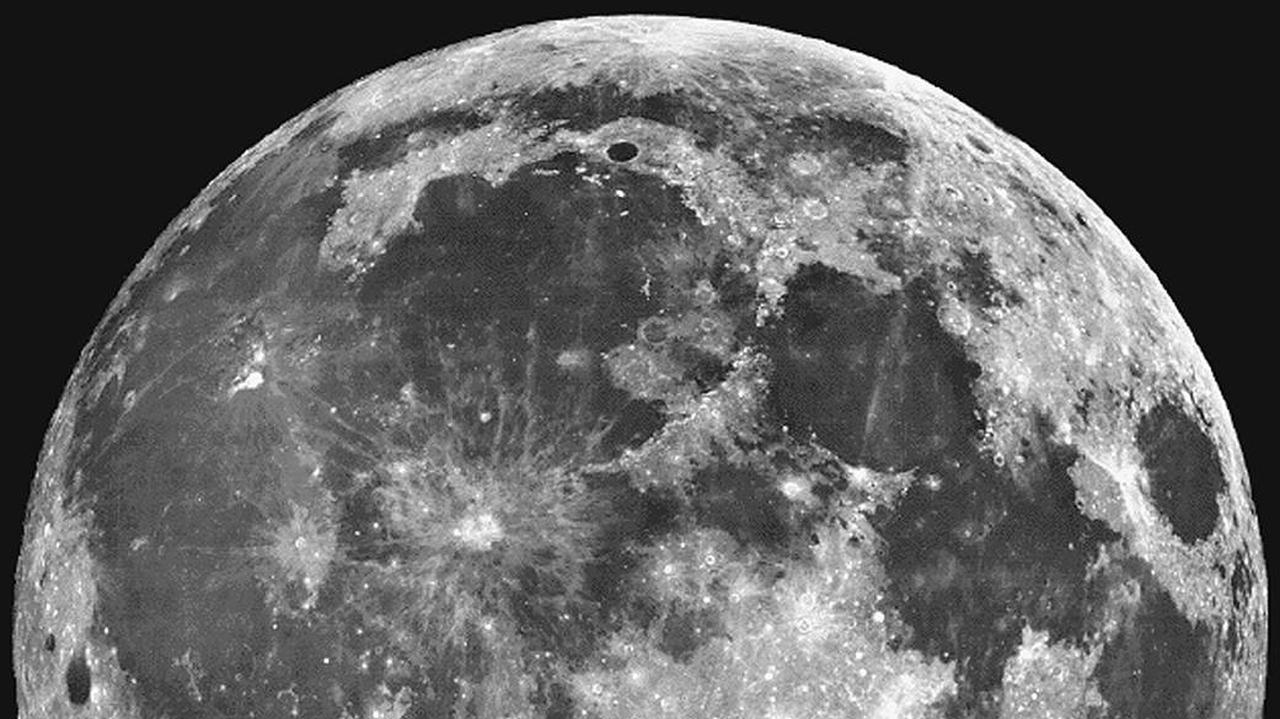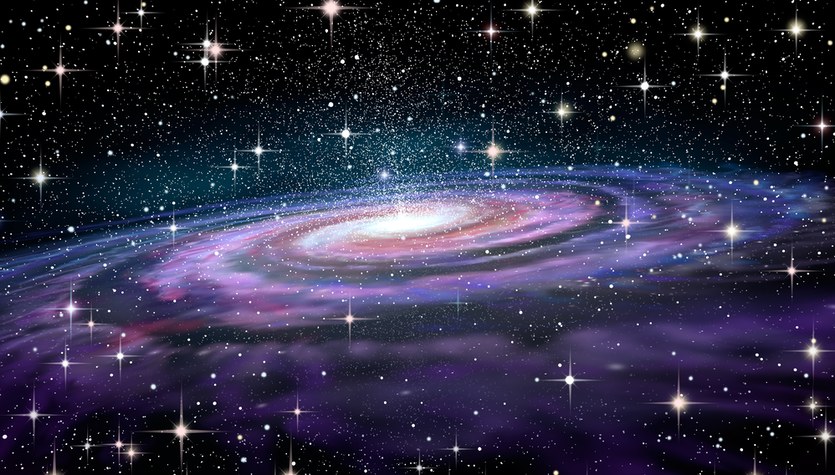The Moon is a natural satellite and Earth’s closest neighbor. As surprising as it may seem, these two celestial bodies differ greatly in temperature. Investigating their exact values can be critical in planning future missions.
According to NASA experts, when the moon shines with sunlight, the temperature at the equator can reach 120 degrees Celsius (250 degrees Fahrenheit). When the moon is not illuminated by the sun, the temperature can reach -130 degrees Celsius (-208 degrees Fahrenheit). Moreover, in some places near the poles, the temperature can drop even more: up to -253 °C (-424 °F).
lunar climate
One reason for these extreme temperature differences is the fact that the Moon does not have an atmosphere that can insulate heat.
NASA’s Lunar Reconnaissance Orbiter (LRO) provides the best knowledge of the moon’s temperature. The mission began in 2009, and one instrument – the Lunar Diviner radiometer – has become pivotal to understanding the lunar climate.
Why is it so important
There are various benefits to knowing the temperature of our natural satellite in a particular location. For example, astronomers who study the topography of the moon can learn more about the amount of rock in different regions of the moon by knowing the temperature of the region. As explained by NASA, all because these objects heat and cool for a longer time than lunar soil (the regolith), which allows scientists to identify particularly extreme regions, regardless of their location.
Latitude plays an important role because only the moon’s poles are absent from the sun’s axis of sunlight. These areas are riddled with non-corrosive pits and cracks that create permanent shadows (PSR). The lack of sunlight to heat them makes the temperature very low here.
North Pole MoonNASA/GSFC/Arizona State University
Another important reason for researchers’ interest in lunar temperature is the planned reactivation of manned lunar missions under the Artemis program.
It is important for space agencies that astronauts return to the lunar surface. Rather than short visits, as was the case with the Apollo program, Artemis concepts tend to be based on the constant presence of humans on our satellite. This will be possible thanks to the presence of a space base on the Moon or in its orbit. That’s why researchers must find a place that ensures astronauts’ survival and access to raw materials in the form of lunar ice for fuel production. NASA’s upcoming mission – Volatile Substance Investigative Polar Expedition (VIPER) is to help assess these opportunities.
In shaded areas, the temperature is often cold enough for ice to form. Scientists expect it to be so cold that water will freeze for billions of years.
They want more research
According to scientists, the environment of the moon still holds many secrets. More years of research are required to comprehensively study the temperature on the Moon. It would be easier to operate and measure the temperature directly on the entire surface of the satellite (the LRO probe acquires data by operating from orbit around the poles), but sending a large number of instruments takes time.
Meanwhile, LRO has already been collecting data for more than a decade. For researchers, this is a good enough start to trying to understand the details of the moon’s temperature.
Main image source: Lick Observatory / European Space Agency / Hubble

Echo Richards embodies a personality that is a delightful contradiction: a humble musicaholic who never brags about her expansive knowledge of both classic and contemporary tunes. Infuriatingly modest, one would never know from a mere conversation how deeply entrenched she is in the world of music. This passion seamlessly translates into her problem-solving skills, with Echo often drawing inspiration from melodies and rhythms. A voracious reader, she dives deep into literature, using stories to influence her own hardcore writing. Her spirited advocacy for alcohol isn’t about mere indulgence, but about celebrating life’s poignant moments.










